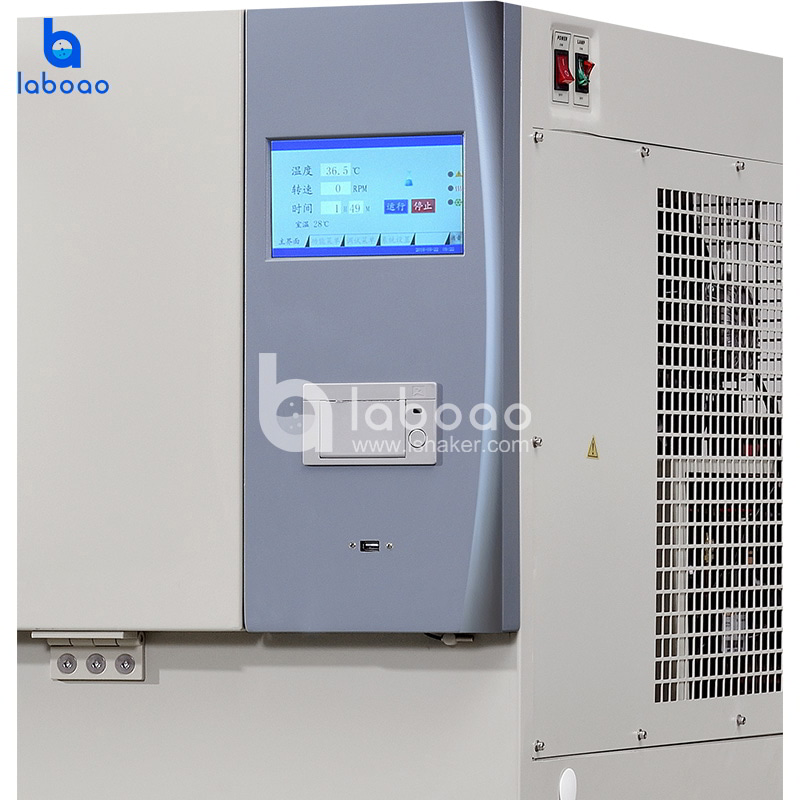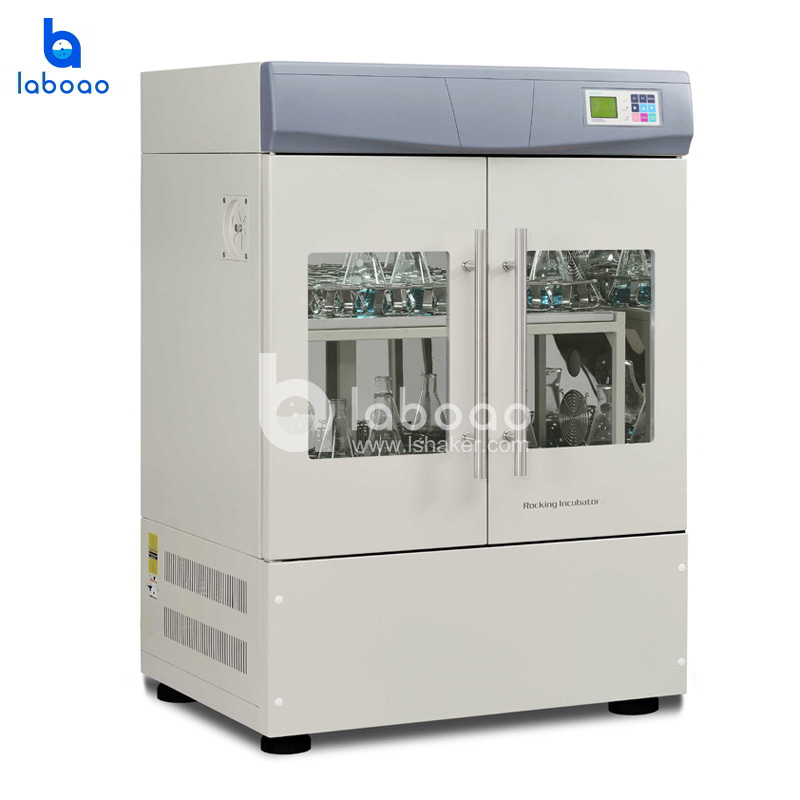
Shaking incubator, also known as shake flask incubator or constant temperature incubator, can shake evenly and at a constant speed without being restricted by the growth environment temperature. It refers to a incubator method in which microbial cells are inoculated in a liquid medium and placed on a shaker. The oscillation of the constant temperature incubator shaker can make the medium fully contact with oxygen and increase the supply of dissolved oxygen. The bacteria incubatored by the shaking culture can multiply uniformly and the culture efficiency is high. It is widely used in the selection of strains and the expansion of microorganisms. It is the physiology of microorganisms. , Biochemistry, fermentation and other cultivation methods commonly used in life science research.
Microbial incubator includes a large group of organisms including bacteria, viruses, fungi, and some small protists, microalgae, etc. It is small in size and closely related to humans. Covering many types of beneficial and harmful, constant temperature incubator shakers are widely used in food, medicine, industry and agriculture, environmental protection, sports and many other fields.
In Chinese textbooks, microorganisms are divided into the following 8 categories: bacteria, viruses, fungi, actinomycetes, rickettsiae, mycoplasma, chlamydia, and spirochetes. Some microorganisms are visible to the naked eye, such as mushrooms, Ganoderma lucidum, and shiitake mushrooms that belong to fungi. Microorganisms are also "non-cellular organisms" composed of a few components such as nucleic acids and proteins.





